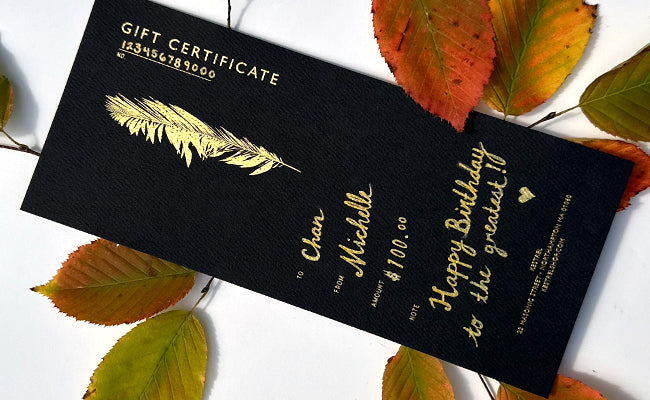Forgiving Houseplants 101
Mourning the death of another plant? Ready to give up on greenery altogether? We understand. Maybe you're busy, or maybe you're away a lot. Maybe watering the plants falls low on your list of priorities. It's okay, we're not judging you. Instead, we're here to play match maker. We know five eligible plants that are in it for the long haul. Take your pick!
The ZZ

The easy ZZ, otherwise known by it's full name, Zamioculcas Zamifolia, is one of the heartiest plants we've come by. It's been rumored these plants can survive in a dark closet for months with little to no love + attention, though we'd advise against testing that theory. If you want to spruce up a spot with unpredictable amounts of sunlight and tend to be forgetful about watering your plants, this is the plant for you!
Indoor Care: Forget about it. No, seriously. You're more likely to kill the ZZ by over-watering it than you are by neglect. This plant loves to be left alone and can survive months without water, but will grow faster if watered regularly. Only water it when the soil has dried completely. Low to moderate light is best for the ZZ, but the easy-going ZZ will be perfectly happy in bright sunlight--it's flexible, down for whatever, a roll with the punches kind of plant.
Aloe Vera

The plant that keeps on giving, Aloe was nicknamed "wand of the heaven" by Native Americans. Not only does it add a little cheer to a tired corner, but there are actually many benefits to having an aloe plant at home. Treat burns, banish bruises, prevent scars and stretch marks, eliminate wrinkles, ingest to lower blood sugar levels and cholesterol...the list goes on!
Indoor Care: Indirect sunlight is best. Preferred soil is a cactus mix, or a sand-based soil that drains well. When soil is dry at the roots, give it a good soak. You can check to see how dry the soil is by sticking your fingers 2-3 inches deep into the soil. If you feel moisture, wait a few more days before watering. Allow the soil to dry between waterings, and water even less in the winter. If your aloe plant is looking limp, it needs more sunlight. If your aloe plant is thin and curled, it needs more water.
The Jade

Inexpensive, fast growing, and incredibly resilient, the jade is perfect for anyone with little-to-no gardening experience. Far from needy, the jade loves to be left alone to its own devices. Jades also come in many different size and color variations, so you're sure to find just the right one for your homespace. These plants can live for many years if cared for properly, and their stems alone can grow to be 8 to 10 inches in diameter.
Indoor Care: Soil should be well draining, and bright light is necessary for at least part of the year, but will do well in indirect light for most of the year. Jade's can live for decades in the same pot (wow!), as long as it is watered properly, and soil should be changed / fertilized once every couple of years. Do not overwater your jade (are you sensing a theme here?). Let the soil dry out between waterings (once every 2 weeks or so), but give it a good soak when you do water it. Jades can also survive cold spells, but it's good practice to keep your jade away from cold drafts caused by harsh winter conditions.
The Croton

Like the Jade, Croton plants come in many different color and size variations. Some are spindly and spiky, some have very wide and flat leaves, and all of them have a wide color spectrum ranging from warm yellow + reds to cool green and almost purple hues.
Indoor Care: In general, if your croton plant has a wide + varied spectrum of color, it will need more light. Less color variation, less light required. These plants prefer a more regular and consistent watering schedule. When the top of the soil is dry to the touch, give your croton a good soak. However if you forget to water your croton, they are known for bouncing back and adapting to your forgetfulness. Perhaps the most important thing to consider about your croton is that they don't like to be moved around. Pick a spot with a good amount of light, and leave it there. Be sure the spot you choose is away from any freezing cold drafts. Moving your croton around the house a lot can cause it to go into shock and shed it's leaves. These plants are tough, however, and will survive a lot of the stress they may be put under.
The Snake Plant

The Snake Plant (Sansevieria) is another super trooper in the plant world. Neglect it for weeks at a time, the snake plant will remain healthy + stoic in all it's green glory. Capable of withstanding drought, and tolerant of low-light levels, the Sansevieria is a real catch. It cleans, too! Known for removing toxins from the air, bring one of these plants home and breathe easy. Perhaps the best option for someone who travels often, works a lot, and values the feel of a clean home.
Indoor Care: Indirect Sunlight, water once every 2 weeks, and even less in the winter. It's best to let the soil dry out between waterings, as the roots will rot easily if watered too frequently.













